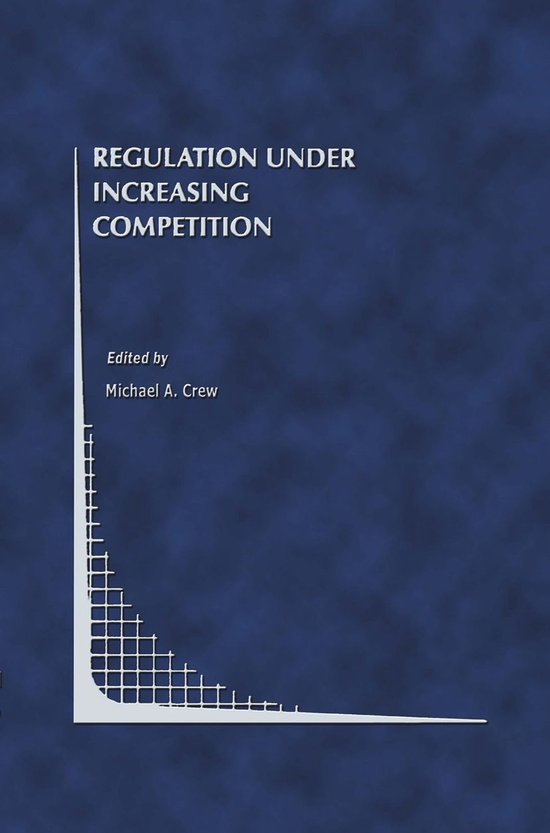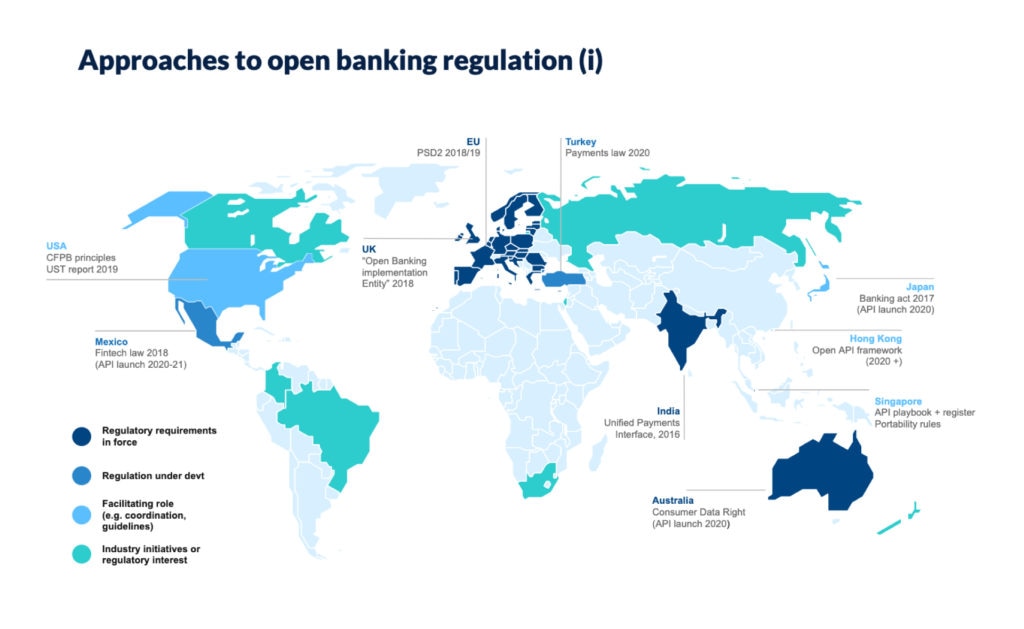
Navigating the Economic Landscape: A Beginner’s Guide to Policy & Regulation
The economy can often feel like a complex, mysterious beast, but at its heart are the decisions made by governments and central banks. These decisions, known as economic policy and regulation, are the invisible hands that shape everything from the price of your morning coffee to the availability of jobs and the quality of our environment.
This comprehensive guide will demystify economic policy and regulation, breaking down their core components into easy-to-understand concepts. Whether you’re a student, a small business owner, or simply curious about how the world works, understanding these fundamental principles is key to making sense of our economic landscape.
What is Economic Policy & Regulation?
Think of a country’s economy like a massive ship.
- Economic Policy is the captain’s plan for where the ship is going, how fast it will travel, and what course corrections it will make. It refers to the actions governments take to influence the economy.
- Economic Regulation is the set of rules and guidelines that ensure the ship operates safely, fairly, and responsibly, protecting its passengers and the environment. It involves establishing rules for businesses and individuals to follow.
Both policy and regulation aim to achieve specific goals:
- Economic Stability: Keeping prices steady (low inflation) and avoiding wild ups and downs (recessions or booms).
- Sustainable Growth: Ensuring the economy expands over time, creating jobs and opportunities.
- Full Employment: Maximizing the number of people who have jobs.
- Equity & Fairness: Reducing inequality and ensuring everyone has a fair chance.
- Protection: Safeguarding consumers, workers, and the environment.
Let’s dive into the major types of economic policy and the vast array of regulations that underpin our modern economies.
I. The Pillars of Economic Policy: How Governments Steer the Ship
Economic policy generally falls into a few major categories, each with its own tools and objectives.
1. Fiscal Policy: The Government’s Wallet
Fiscal policy is all about how the government manages its money – how much it collects (through taxes) and how much it spends. It’s the most direct way a government can influence the economy.
Key Tools of Fiscal Policy:
-
Government Spending:
- Infrastructure Projects: Building roads, bridges, public transport, internet networks. (Stimulates construction, creates jobs).
- Education: Funding schools, universities, student aid. (Invests in human capital, future productivity).
- Healthcare: Public health services, medical research, socialized medicine. (Improves well-being, reduces healthcare costs for individuals).
- Defense & Public Safety: Military spending, police, fire services. (Provides security, can also stimulate industry).
- Social Welfare Programs: Unemployment benefits, food stamps, housing assistance, social security. (Provides safety net, redistributes wealth).
- Research & Development (R&D): Grants for scientific breakthroughs, technological innovation. (Drives future growth and competitiveness).
- Subsidies: Financial aid to specific industries (e.g., agriculture, renewable energy) to support their growth or reduce prices.
- Public Employee Salaries: Paying teachers, civil servants, doctors in public hospitals.
-
Taxation:
- Income Tax: Tax on wages and salaries earned by individuals. (Primary source of government revenue).
- Corporate Tax: Tax on the profits of businesses. (Influences investment decisions).
- Sales Tax/VAT (Value Added Tax): Tax on goods and services purchased by consumers. (Affects consumer spending).
- Property Tax: Tax on real estate, often funding local services. (Influences housing markets).
- Excise Taxes: Taxes on specific goods like tobacco, alcohol, or gasoline. (Can discourage consumption or raise specific revenue).
- Capital Gains Tax: Tax on profits from selling assets like stocks or property. (Influences investment behavior).
- Inheritance/Estate Tax: Tax on assets transferred after death. (Aims to reduce wealth inequality).
- Tariffs: Taxes on imported goods. (Part of trade policy, but also generates revenue).
Goals of Fiscal Policy:
- Stimulate Economy (during recession): Increase spending, cut taxes to boost demand.
- Cool Down Economy (during inflation): Decrease spending, raise taxes to reduce demand.
- Redistribute Wealth: Use progressive taxes and social programs to reduce income inequality.
- Fund Public Services: Provide essential services that the private sector might not.
2. Monetary Policy: The Central Bank’s Influence on Money
Monetary policy is managed by a country’s central bank (like the Federal Reserve in the U.S. or the European Central Bank in the Eurozone), not directly by the government. Its main focus is on controlling the supply of money and credit in the economy.
Key Tools of Monetary Policy:
-
Interest Rates (The "Cost of Money"):
- Policy Interest Rate (e.g., Federal Funds Rate): The rate at which banks lend money to each other overnight. The central bank sets a target for this rate, influencing all other interest rates in the economy (mortgages, car loans, business loans).
- Lowering Rates: Makes borrowing cheaper, encouraging spending and investment.
- Raising Rates: Makes borrowing more expensive, discouraging spending and cooling down inflation.
- Discount Rate: The rate at which banks can borrow directly from the central bank.
- Policy Interest Rate (e.g., Federal Funds Rate): The rate at which banks lend money to each other overnight. The central bank sets a target for this rate, influencing all other interest rates in the economy (mortgages, car loans, business loans).
-
Quantitative Easing (QE) / Quantitative Tightening (QT):
- QE: The central bank buys large quantities of government bonds or other assets from banks. This injects money into the financial system, lowers long-term interest rates, and encourages lending. (Often used during crises when regular interest rate cuts aren’t enough).
- QT: The central bank sells off assets it holds or lets them mature without reinvesting, removing money from the system. (Used to reverse QE and reduce money supply).
-
Reserve Requirements: The percentage of deposits that banks must hold in reserve and cannot lend out.
- Lowering Requirements: Frees up more money for banks to lend, increasing money supply.
- Raising Requirements: Reduces money available for lending, decreasing money supply. (Less commonly used now).
-
Open Market Operations: The buying and selling of government securities (bonds) in the open market by the central bank.
- Buying Securities: Injects money into the banking system.
- Selling Securities: Withdraws money from the banking system. (The most common tool for day-to-day management).
Goals of Monetary Policy:
- Price Stability: Keeping inflation low and predictable. (This is often the primary goal).
- Maximizing Employment: Supporting economic growth that leads to job creation.
- Moderate Long-Term Interest Rates: Contributing to a stable financial environment.
3. Trade Policy: Connecting to the Global Economy
Trade policy governs how a country interacts economically with the rest of the world. It involves decisions about imports, exports, and international agreements.
Key Tools of Trade Policy:
- Tariffs: Taxes imposed on imported goods. (Makes foreign goods more expensive, protecting domestic industries but raising consumer prices).
- Quotas: Limits on the quantity of certain goods that can be imported. (Directly restricts foreign competition).
- Subsidies for Exports: Financial assistance to domestic companies to make their products cheaper and more competitive in international markets.
- Trade Agreements: Formal pacts between countries to reduce or eliminate trade barriers (like tariffs and quotas) to promote free trade.
- Bilateral Agreements: Between two countries (e.g., US-South Korea Free Trade Agreement).
- Multilateral Agreements: Among many countries (e.g., World Trade Organization – WTO).
- Embargoes: A complete ban on trade with a particular country, often for political reasons.
- Import/Export Licenses: Requirements for permits to trade specific goods, often for safety or control.
- Currency Manipulation: A country deliberately devaluing its currency to make its exports cheaper and imports more expensive. (Often a contentious issue).
Goals of Trade Policy:
- Protect Domestic Industries: Shielding nascent or vulnerable industries from foreign competition.
- Promote Exports: Boosting a country’s sales abroad.
- Ensure Fair Trade: Preventing dumping (selling goods below cost) or unfair subsidies by other countries.
- Foster International Relations: Using trade as a tool for diplomacy and cooperation.
- Secure Supply Chains: Ensuring access to essential goods and resources.
II. The Fabric of Regulation: Rules for a Functioning Economy
Beyond broad policies, governments establish specific rules and guidelines to ensure fairness, safety, and order in various sectors of the economy. This is where the "150 ideas" really begin to proliferate, as regulations touch almost every aspect of our lives.
1. Financial Regulation: Keeping the Money Flowing Safely
After financial crises, the need for robust financial regulation becomes clear. These rules aim to prevent instability and protect consumers and investors.
-
Banking Regulation:
- Capital Requirements: Rules dictating how much money banks must hold in reserve to cover potential losses. (Prevents bank failures).
- Stress Tests: Regular assessments to see if banks can withstand severe economic downturns.
- Deposit Insurance: Government-backed insurance (e.g., FDIC in the U.S.) that protects depositors’ money if a bank fails.
- Lending Standards: Rules on how banks assess borrowers’ ability to repay loans (e.g., mortgage lending rules).
- Anti-Money Laundering (AML) & Know Your Customer (KYC): Rules to prevent illegal financial activities and identify clients.
-
Securities & Investment Regulation:
- Disclosure Requirements: Companies must provide accurate and timely information to investors before selling stocks or bonds. (Prevents fraud).
- Insider Trading Laws: Prohibiting individuals from trading stocks based on non-public information. (Ensures fair markets).
- Broker-Dealer Regulation: Licensing and oversight of financial professionals who buy/sell securities for clients.
- Investment Fund Rules: Regulations for mutual funds, hedge funds, and other collective investment vehicles.
- Derivatives Regulation: Rules for complex financial instruments, often to increase transparency and reduce systemic risk.
-
Insurance Regulation:
- Solvency Requirements: Ensuring insurance companies have enough funds to pay out claims.
- Rate Approval: Oversight of insurance premiums to ensure fairness.
- Consumer Protections: Rules regarding claims processing, policy disclosures, and unfair practices.
2. Competition & Antitrust Regulation: Leveling the Playing Field
These regulations aim to prevent monopolies and cartels, ensuring fair competition among businesses.
- Merger Review: Government agencies scrutinize proposed mergers and acquisitions to prevent them from creating monopolies or reducing competition.
- Anti-Competitive Practices: Prohibiting price-fixing, bid-rigging, market allocation agreements, and other collusion between competitors.
- Abuse of Dominant Position: Preventing large companies from using their market power to unfairly disadvantage smaller competitors or consumers (e.g., predatory pricing, tying sales).
- Divestiture Orders: Forcing companies that have become too dominant to sell off parts of their business.
- State Aid Rules: Regulations in some regions (like the EU) preventing governments from unfairly subsidizing certain companies, distorting competition.
3. Labor & Employment Regulation: Protecting Workers
These rules ensure fair treatment, safety, and basic rights for employees.
- Minimum Wage Laws: Setting a baseline hourly wage that employers must pay.
- Workplace Safety Regulations: Rules on machinery, hazardous materials, protective equipment, and working conditions (e.g., OSHA standards).
- Child Labor Laws: Restrictions on the employment of minors.
- Anti-Discrimination Laws: Prohibiting discrimination based on race, gender, religion, age, disability, etc., in hiring, firing, and promotion.
- Working Hours & Overtime Rules: Limits on daily/weekly working hours and requirements for extra pay for overtime.
- Family & Medical Leave: Laws allowing employees time off for personal or family medical reasons without losing their job.
- Unionization Rights: Protecting workers’ right to form or join labor unions and bargain collectively.
- Unemployment Insurance: Government programs providing temporary financial assistance to those who lose their jobs.
- Worker’s Compensation: Insurance system providing wage replacement and medical benefits for employees injured on the job.
4. Environmental & Health Regulation: Protecting Our Planet & People
These regulations address the impact of economic activity on the environment and public health.
- Pollution Control:
- Clean Air Acts: Regulations on emissions from factories, vehicles, and power plants.
- Clean Water Acts: Rules on discharge into rivers, lakes, and oceans, and standards for drinking water quality.
- Waste Management: Regulations for disposal of solid, hazardous, and electronic waste.
- Chemical Regulations: Rules for the production, use, and disposal of toxic chemicals (e.g., REACH in the EU).
- Conservation & Resource Management:
- Land Use Zoning: Rules governing how land can be used (e.g., residential, commercial, industrial, conservation).
- Endangered Species Protection: Laws to protect threatened plant and animal species and their habitats.
- Forestry & Fisheries Management: Rules for sustainable harvesting of natural resources.
- Water Rights & Allocation: Regulations governing access to and use of water resources.
- Public Health & Safety:
- Food Safety Standards: Regulations for growing, processing, and selling food to prevent contamination (e.g., FDA rules).
- Drug Approval & Safety: Rigorous testing and approval processes for pharmaceuticals before they can be sold.
- Building Codes: Standards for construction to ensure structural integrity and safety.
- Vehicle Safety Standards: Regulations for car design, airbags, seatbelts, etc.
- Occupational Health Standards: Rules specific to certain industries to protect workers from hazards.
5. Consumer Protection Regulation: Guarding the Buyer
These rules aim to ensure that consumers are treated fairly and safely in the marketplace.
- Product Safety Standards: Mandating minimum safety requirements for consumer goods (toys, electronics, appliances).
- Truth in Advertising Laws: Prohibiting false or misleading claims in advertisements.
- Fair Lending Practices: Rules against predatory lending, usury, and discrimination in credit.
- Data Privacy Laws: Regulations on how companies collect, store, and use personal data (e.g., GDPR, CCPA).
- Refund & Warranty Rights: Laws ensuring consumers can return faulty products or get repairs.
- Unit Pricing: Requiring stores to display the price per unit (e.g., per ounce) to allow for easier comparison.
- Identity Theft Protection: Laws requiring businesses to protect sensitive customer information.
- Debt Collection Practices: Rules governing how debt collectors can interact with consumers.
6. Infrastructure & Innovation Regulation: Building for the Future
These policies and regulations support the foundational elements of an economy and foster technological advancement.
- Telecommunications Regulation:
- Net Neutrality: Rules ensuring all internet traffic is treated equally by service providers.
- Spectrum Allocation: Managing the use of radio frequencies for wireless communication.
- Universal Service Obligations: Requiring providers to offer services in rural or underserved areas.
- Energy Sector Regulation:
- Utility Rate Setting: Oversight of electricity, gas, and water utility prices.
- Renewable Energy Mandates: Requirements for a certain percentage of energy to come from renewable sources.
- Pipeline Safety: Regulations for the construction and operation of oil and gas pipelines.
- Intellectual Property Rights:
- Patent Laws: Protecting inventions and giving inventors exclusive rights for a period.
- Copyright Laws: Protecting original artistic and literary works.
- Trademark Laws: Protecting brand names and logos.
- Research & Development (R&D) Incentives: Tax credits, grants, and subsidies to encourage innovation.
7. Social Welfare & Public Service Regulation: The Safety Net
These policies and regulations aim to provide a safety net and essential services for citizens.
- Social Security/Pension Systems: Rules governing contributions and payouts for retirement, disability, and survivor benefits.
- Healthcare Systems Regulation:
- Insurance Market Rules: Regulations for health insurance companies, coverage mandates.
- Drug Pricing Controls: Government intervention in the price of pharmaceuticals.
- Hospital Licensing & Standards: Rules for healthcare facilities.
- Education System Regulation:
- Curriculum Standards: Guidelines for what is taught in schools.
- Teacher Certification: Requirements for educators.
- School Funding Formulas: Rules for how public education is financed.
- Housing & Urban Development:
- Affordable Housing Programs: Regulations and incentives for creating low-cost housing.
- Rent Control: Regulations limiting how much landlords can increase rent.
- Urban Planning & Zoning: Rules for city development and land use.
The Impact and Importance of Economic Policy & Regulation
The sheer volume and complexity of these policies and regulations might seem overwhelming, but their collective impact on our daily lives is profound.
- For Individuals: They determine job opportunities, the prices we pay, the safety of products we buy, the quality of our environment, and the social safety nets available in times of need.
- For Businesses: They shape operational costs, market entry barriers, competitive landscapes, and opportunities for growth and innovation. Compliance can be a significant burden, but a well-regulated market also provides stability and trust.
- For Society: They influence income inequality, environmental sustainability, public health, technological advancement, and a nation’s overall competitiveness on the global stage.
Economic policy and regulation are constantly evolving. New technologies (like AI or cryptocurrencies), global challenges (like climate change or pandemics), and shifting social priorities continually demand new approaches and adjustments to existing frameworks. Understanding these dynamics is crucial for anyone hoping to navigate, influence, or simply comprehend the economic world around them.
In essence, economic policy and regulation are the blueprints and rulebooks that attempt to guide the vast, dynamic ship of the economy towards prosperity, stability, and fairness for all its passengers.



Post Comment